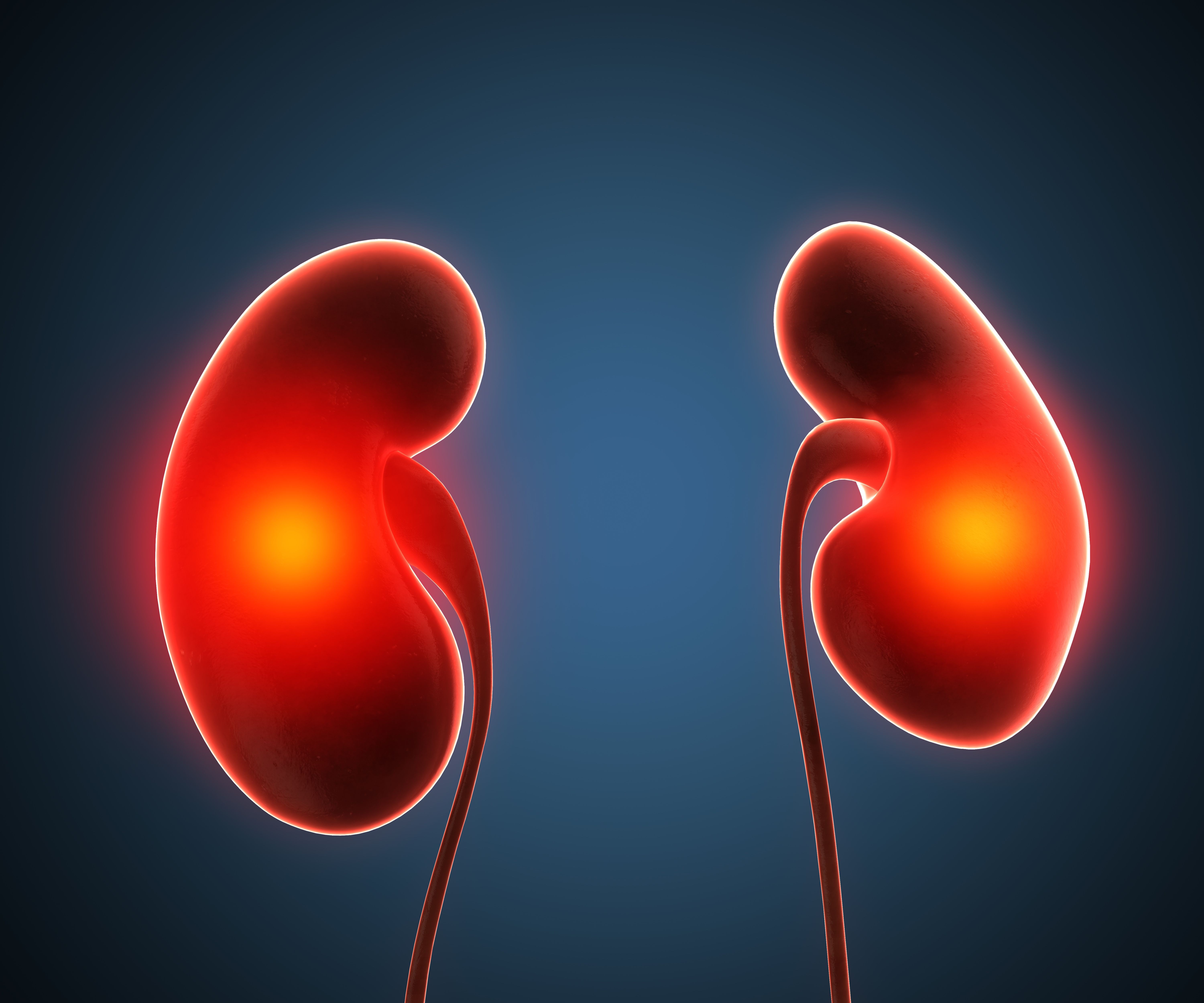News
Article
Topical Roflumilast 0.3% Superior to Vehicle in Treating Plaque Psoriasis
Author(s):
In this systematic review and meta-analysis, the investigators highlighted topical roflumilast’s success in clinical milestones such as IGA and PASI score success.
Credit: Pexels

Topical roflumilast 0.3% is superior to vehicle in the treatment of plaque psoriasis, according to recent findings, given the drug’s higher achievement of clinical milestones such as Investigator’s Global Assessment (IGA) and Psoriasis Area and Severity Index (PASI) improvements.1
Such conclusions were the result of new research led by Rafaela de Moraes-Souza, MD, from the department of dermatology at the Autonomous University of Madrid’s La Paz University Hospital in Spain. These investigators noted the prior clinical evidence of topical roflumilast’s efficacy as a psoriasis therapy.2
“Herein, a systematic review and meta-analysis of randomized controlled trials (RCTs) were performed to analyze the efficacy and safety of topical roflumilast 0.3% compared with vehicle in patients with plaque psoriasis, aggregating data from a larger cohort and consequently enhancing the statistical power and confidence in the reported outcomes,” de Moraes-Souza et al. wrote.1
Trial Design
The research team determined their primary efficacy outcome would be the proportion of study subjects who by the 8-week mark had achieved success based upon the IGA or body-IGA criteria. They defined success as participants achieving either clear or almost clear status, as well as at least a 2-grade improvement from the point of baseline.
The extent of psoriasis across all impacted bodily regions was evaluated using body-IGA scale, though the palms, scalp, and feet soles were excluded. The team’s secondary efficacy outcomes included success in achieving 50% improvement in the PASI score (PASI-50) at the 2, 4, 6, and 8-week marks; IGA or body-IGA success by the 2, 4, and 6-week mark; and attaining PASI-75 and PASI-90 at these same time intervals.
The investigators additionally assessed intertriginous-IGA success, which they defined as reaching clear or almost clear status with a minimum 2-grade from baseline improvement, at the 2, 4, 6, and 8-week marks. In terms of safety, they looked at the overall rate of adverse events (AEs), as well as treatment-related AEs, serious AEs, and those resulting in cessation.
The research team included in their database search RCTs which compared topical roflumilast 0.3% with a vehicle. These studies would also have to involve individuals with diagnoses of psoriasis and have to report at least a single 1 of the specified outcomes.
The team utilized databases such as Embase, PubMed, the Cochrane Library, and ClinicalTrials.gov for their systematic search. The terms they used for the search included "roflumilast," "roflumilast cream," "Zoryve," "ARQ-151," "topical roflumilast," "ARQ-154," "psoriasis," and "plaque psoriasis." The team also manually explored references from the selected studies and previous reviews for further relevant research.
Major Findings
The investigators concluded their assessment having identified 4 RCTs, all of which had evaluated a total of 1,403 subjects. It was reported that 63.1% of these participants had been treated with topical roflumilast 0.3%, with 36.9% having been included in the vehicle cohorts.
The research team found that a significantly higher percentage of subjects at Week 8 in the treatment arms had achieved IGA or body-IGA success versus those in the vehicle arm (relative risk [RR] 5.07; 95% CI 3.55–7.23; P < .01). Data that resembled these results was also noted at the 8-week mark for PASI-50 (RR 2.73; 95% CI 2.27–3.29; P < .01), for PASI-75 (RR 4.48; 95% CI 2.26–8.89; P < .01), and for PASI-90 (RR 5.61; 95% CI 2.57–12.25; P < .01) with consistent results seen at the 2, 4, and 6-week marks.
The investigators further reported that there had been a higher percentage of individuals treated once-per-day with roflumilast who, at the 8-week mark, achieved intertriginous-IGA success versus those in the vehicle arm (71.9% versus 20.5%; RR 3.32; 95% CI 2.11–5.22; P < .01). Comparable data was observed at earlier time points.
Although the overall AE incidence was noted by the research team as differing substantially between the roflumilast and vehicle cohorts, they reported there had not been any significant differences in serious AEs, treatment-related AEs, or AEs resulting in discontinuation.
“Future studies that compare topical roflumilast 0.3% with existing topical therapies are crucial to ascertain its role in the topical management of plaque psoriasis,” they concluded. “Furthermore, real-world data will be invaluable in understanding its effectiveness and safety profile beyond the controlled setting of clinical trials.”
References
- de Moraes-Souza, R., Chahine Chater, R., Pera Calvi, I. et al. Efficacy and Safety of Topical Roflumilast for the Treatment of Psoriasis: A Systematic Review and Meta-Analysis of Randomized Controlled Trials. Clin Drug Investig (2024). https://doi.org/10.1007/s40261-024-01368-w.
- Lebwohl MG, Kircik LH, Moore AY, et al. Effect of roflumilast cream vs vehicle cream on chronic plaque psoriasis: the DERMIS-1 and DERMIS-2 randomized clinical trials. JAMA. 2022;328(11):1073–84. https://doi.org/10.1001/jama.2022.15632.





